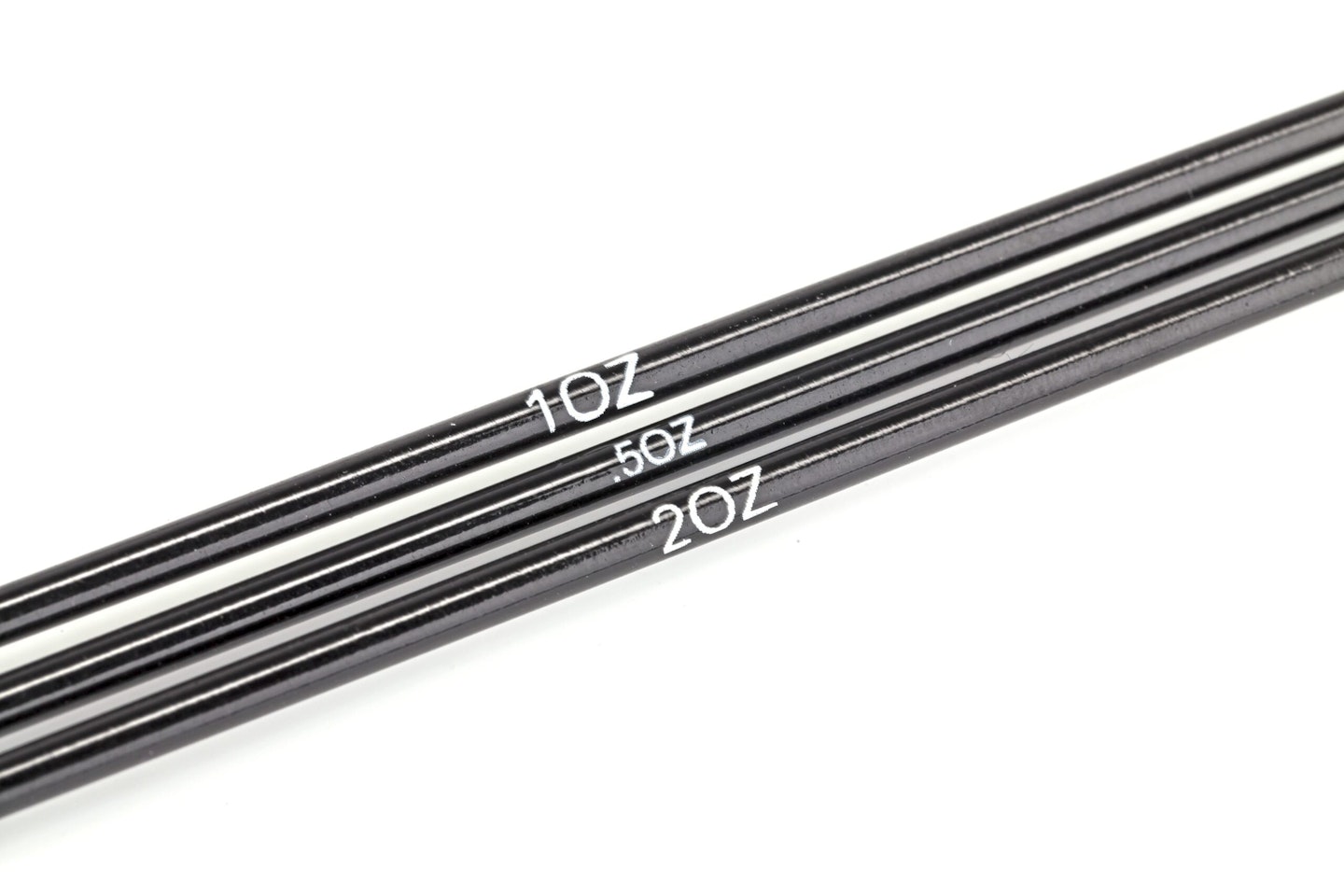When selecting a new feeder rod, it's essential to consider the specific features and attributes of the rod to ensure it aligns with your fishing style, preferences, the venue you are fishing, and the fish you are targeting. Here's a breakdown of some of the key factors to consider.
Rod length and casting distance
9ft Rod: Ideal for casting up to 25m. Perfect for commercial fisheries with short-range features like islands or for plundering the margins.
10ft Rod: A versatile option for casting up to 40m. Suitable for most commercial fisheries and smaller reservoirs.
11ft Rod: Geared towards bigger stillwaters or smaller rivers. Consider the size of fish you're targeting and the distance you want to target them at. A slimmer blank is better for smaller fish often referred to as a light or medium, while a thicker blank for heavy feeders or carp feeder is better for larger fish.
12ft Rod: Ideal for long-distance fishing on big natural waters or rivers, or for more finesse where lighter tackle is to be used at distance. Offers extra casting power and reach.
13ft+ Rod: When maximum distance is key on big waters, or for using large feeders on big wide rivers.
BIG VENUES REQUIRE A BIG CHUCK, CHECK OUT OUR GUIDE TO THE BEST DISTANCE FEEDER RODS.

Rod action
Soft action: Ideal for smaller fish like silverfish and F1's to prevent hook pulls.
Medium action: A good balance of power and sensitivity for a variety of species.
Stiff action: Suitable for larger, harder-fighting fish like carp, barbel and chub.
Other thing to consider
Casting weight: Choose a rod with a casting weight that matches your feeder size and desired distance, most rods will have a feeder weight rating.
Guides: Look for high-quality guides that reduce friction and improve casting accuracy, consider oversized guides where distance is a priority or your preference is to use shockleaders.
Reel seat: Ensure the reel seat is comfortable and secure.
Handle: A comfortable handle is essential for long fishing sessions, some rods offer variations to the handle to be more ergonomic.
Price: Set a budget and consider your priorities when choosing a rod as there are plenty of options on the market.
_IF YOU FISH A LOT OF COMMERCIALS YOU NEED TO SEE OUR GUIDE TO THE BEST CARP FEEDER RODS_.

Quiver tips
The choice of quiver tip is a crucial factor when selecting a feeder rod. A good feeder rod will be supplied with at least one quiver tip, but ideally, it should have a range of options to ensure versatility.
The test curve
Casting: A heavier tip can help with casting longer distances in windy conditions.
Bite indication: A lighter tip is better for detecting subtle bites from smaller fish.
Choosing the right quiver tip
Lighter tips (0.5oz - 1oz): Ideal for detecting subtle bites from smaller fish in calm conditions.
Medium tips (1.5oz - 2.5oz): Suitable for a balance of casting distance and bite sensitivity.
Heavy tips (3oz - 5oz): Best for casting long distances in windy conditions or targeting larger fish.
Material
Carbon: Lightweight and sensitive, offering excellent bite detection.
Glass: More robust and forgiving, suitable for beginners or rougher conditions.
BAITING-UP IS A KEY ASPECT OF SUCCESSFUL FEEDER FISHING, OUR GUIDE TO THE BEST BAIT-UP RODS LOOKS AT THE BEST OPTIONS

